Cutting back a big Rhodie
sheryl8185
13 years ago
Related Stories

GARDENING GUIDES7 Ecofriendly Gardening Ideas That Also Cut Chore Time
Spend less time weeding, less money watering and more moments just sitting back and enjoying your healthy garden
Full Story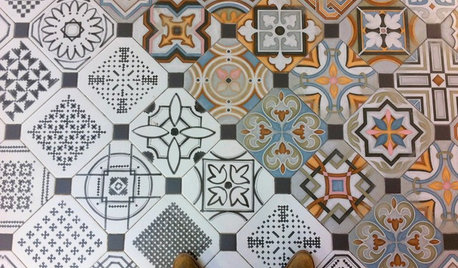
EVENTSTile Goes High Tech at Italy's Big Expo
Cutting-edge methods are creating tile looks from handmade to avant-garde, as seen as CERSAIE 2013
Full Story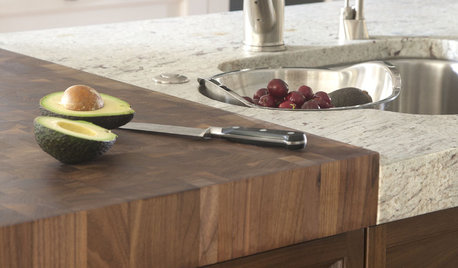
KITCHEN DESIGNKitchen Counters: Try an Integrated Cutting Board for Easy Food Prep
Keep knife marks in their place and make dicing and slicing more convenient with an integrated butcher block or cutting board
Full Story
BASEMENTSBasement of the Week: Smart Cost Cutting, Beautiful Results
A stylish multipurpose basement for less than half the usual cost? See the budget-saving tricks that helped this underground space
Full Story
HOLIDAYSHow to Care for Your Christmas Tree
Keep your tree looking lush until the last ornament is packed away with these tips for watering, using stands and more
Full Story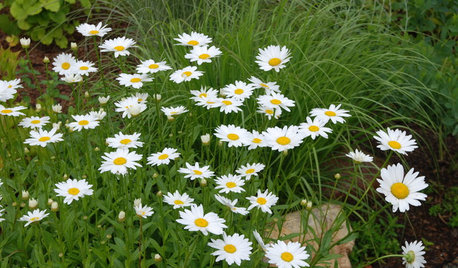
FLOWERSBest Cutting-Garden Beauties for Late Summer
Pick blooms bursting with color or in classic white for bouquets to give away or keep all to yourself
Full Story
HOME OFFICESQuiet, Please! How to Cut Noise Pollution at Home
Leaf blowers, trucks or noisy neighbors driving you berserk? These sound-reduction strategies can help you hush things up
Full Story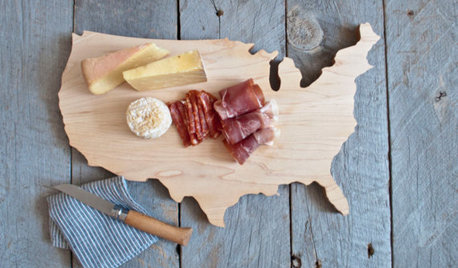
PRODUCT PICKSGuest Picks: Chop Chop! 20 Cutting Boards Too Good to Miss
Any way you slice it, these cutting boards, chopping blocks and serving boards are both artful and practical
Full Story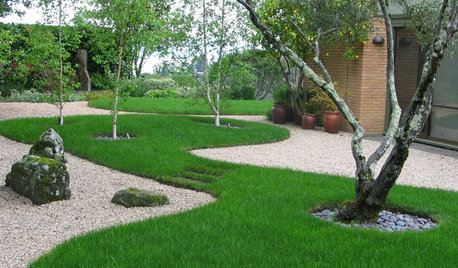
LANDSCAPE DESIGNIs Your Garden Cut Out for Matisse Inspiration?
Look to the artist’s paper collages for a creative and easy approach to garden design
Full Story
ACCESSORIESEasy Green: Cut Electricity Use With 15 Unplugged Home Devices
Crank up the energy savings, courtesy of household items that come into power the old-fashioned way: manually
Full Story








Embothrium
reg_pnw7
Related Professionals
Allen Landscape Architects & Landscape Designers · Ferndale Landscape Architects & Landscape Designers · La Marque Landscape Architects & Landscape Designers · Wilmington Landscape Contractors · Brandon Landscape Contractors · Medford Landscape Contractors · Winter Gardens Landscape Contractors · Peoria Fence Contractors · Coral Gables Fence Contractors · Corona Fence Contractors · Hinsdale Fence Contractors · Leander Fence Contractors · San Mateo Fence Contractors · Short Pump Fence Contractors · West Hollywood Fence ContractorsEmbothrium
sheryl8185Original Author
larry_gene
Embothrium
hemnancy
botann
wolfewindflower
Embothrium